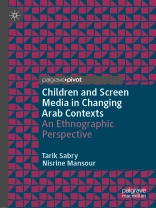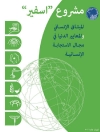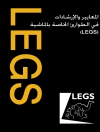Using a phenomenological and multi-sited ethnographic approach, this book focuses on children’s uses of digital media in three sites—London, Casablanca and Beirut—and situates the study of Arab children and screen media within a wider frame, making connections between local, regional and global media content. The study moves away from a conventional definition of media towards a pluralistic interpretation, and provides key ethnographic findings that reveal how the notion of home is extended across everyday spaces that children occupy. Exploring the relationship between children and media outside of the subject-object hierarchy, it re-connects them in a horizontal mapping of affectivity and intimacy. This book will appeal to scholars specializing in children and the media, digital media, media and cultural studies, media anthropology, philosophy and Middle Eastern studies.
Innehållsförteckning
1. Introduction: Arab Children and the Media: Epistemological Topographies of a Nascent Field.-2. The Poetics of Self-reflexivity: Arab Diasporic Children in London and Media Uses.- 3. Ethnography as Double-Thrownness: War and the Face of the Sufferer as Media.-4. Networked World Making: Children’s Encounters with Media Objects.-5. Children, Media as ’equipment’ and Worldliness.-6. Conclusion.
Om författaren
Tarik Sabry is a reader in media and communication theory at the University of Westminster, UK. He is author of
Cultural Encounters in the Arab World: On Media, the Modern and the Everyday (2010) and co-founder of the
Middle East Journal of Culture and Communication.
Nisrine Mansour is a researcher in media, culture and migration, with previous affiliations at the University of Westminster, the University of Oxford, and the London School of Economics, UK.











